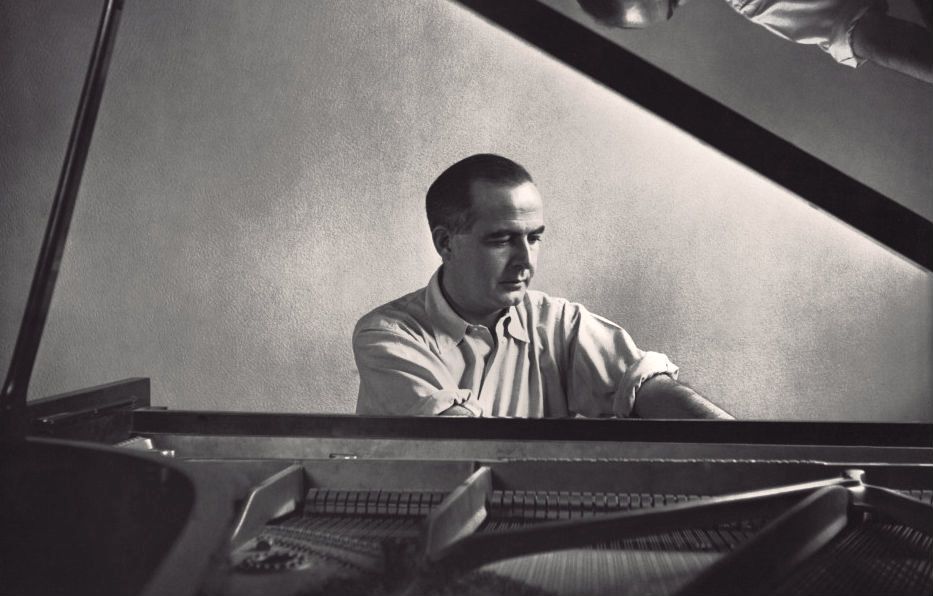Samuel Barber (1910-1981) composed his first piece, a 23-measure piano composition in C minor called Sadness, at the age of seven. At the age of nine he wrote this precocious letter:
Dear Mother: I have written this to tell you my worrying secret. Now don’t cry when you read it because it is neither yours nor my fault. I suppose I will have to tell it now without any nonsense. To begin with I was not meant to be an athlet [sic]. I was meant to be a composer, and will be I’m sure. I’ll ask you one more thing.—Don’t ask me to try to forget this unpleasant thing and go play football.—Please—Sometimes I’ve been worrying about this so much that it makes me mad (not very).
Monday’s post, which included an excerpt from the Violin Concerto, demonstrated the extent to which Samuel Barber’s music goes beyond the famous Adagio for Strings. Now, let’s listen to Barber’s Second Essay for Orchestra, Op. 17, a ten-minute, titanic tour-de-force sketched at the same time as the Violin Concerto and completed on March 15, 1942. (Barber received his draft notice for the War a little over six months later).
As the title implies, Barber’s orchestral “essay” makes a rigorously focused musical argument. We get a sense of quiet, seething energy in the opening flute solo, set against the backdrop of tuba and bass drum. The piece “awakens” as the motive is passed to the bass clarinet, English horn, oboe, and other instruments. A restless second theme is introduced by the violas. Soon, the full titanic strength of this music becomes apparent. A playful fugue echoes the crisp, sparkling orchestration and irrepressible counterpoint of Barber’s German contemporary, Paul Hindemith. (Listen to this moment, in particular, for the Hindemith reference). The fugue climaxes with a statement of the opening motive, first in the trombones, then the horns, and finally the trumpets. Notice the way this motive occurs, simultaneously, at different speeds, a trick which also occurs in the furious final seconds of the passacaglia in Barber’s Symphony in One Movement. One of my favorite moments in Barber’s Second Essay comes in the final bars where the broad majesty of the full orchestra evaporates suddenly, and we’re left with the struggling vulnerability of the high strings. It’s the same vibrant intensity we hear in Adagio for Strings. Then, the brass enters with a final, harmonically ambiguous resolution which provides one last terrifying/exhilarating glimpse of the raw, titanic power at the heart of this piece.
Here is the Atlanta Symphony’s 1992 recording with conductor Yoel Levi:
Recordings
- Barber: Second Essay for Orchestra, Op. 17, Atlanta Symphony Orchestra, Yoel Levi iTunes
- David Zinman and the Baltimore Symphony released another great recording of this piece in 1992, the same year as the recording above. iTunes

